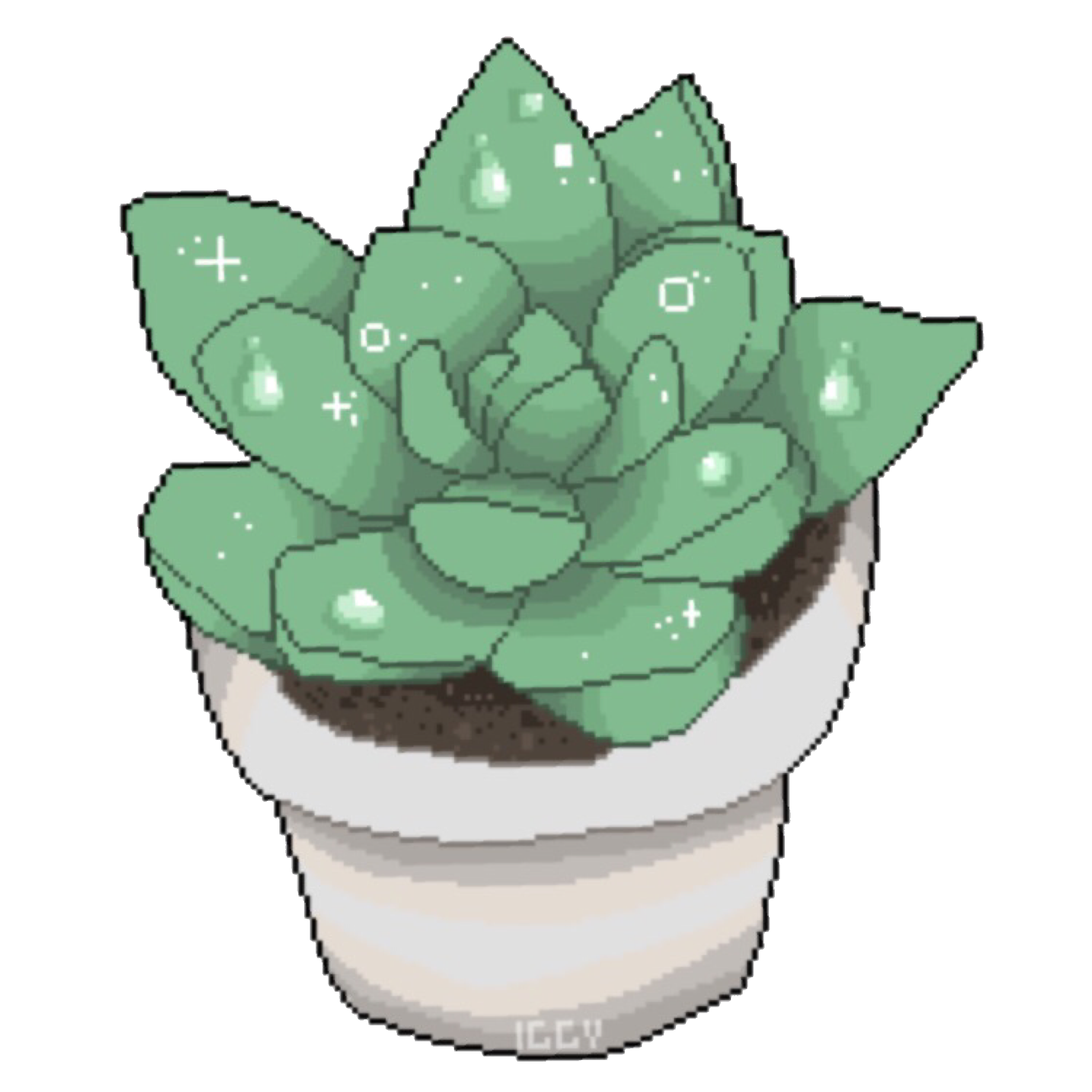I have a few spots left in my apartment. Pretty much all bright spots are used up by now, but there are a lot of dark-ish corners (especially on top of shelves and hanging planters) that are still empty.
What houseplants do you recommend for that places?
The only no-go is toxicity. At least, they shouldn’t be super toxic to my cats.
Right now, a few of those spots mentioned are used by Epipremnum (I believe Pothos is the English name for them), which are slightly toxic, but hung up so high, that they aren’t accessible. And even if they munch on them, not much would happen.
Ideally, as plus point, it would be nice if the plants are hanging down, not like a Calathea for example. I have enough of those 😅
Basically, I’m looking for something similar to a pothos, in terms of light requirements and the way of growth.
But don’t feel limited by that, any suggestion is great!
but hung up so high, that they aren’t accessible.
“Challenge accepted.”
-- your cat, probably
It sounds like you’ve done your homework. Depending on the amount of light and which way your windows face, you may have some luck with some ferns.
The other option is fake plants. I’ve done that in a few places where the corner was missing something and it works.
+1 for ferns.
They love low light, they’re easy to care for, and they look great hanging. And most are 100% cat safe.
(as an aside, most toxic houseplants are unlikely to cause more than irritation or an upset stomach unless the cat eats a lot of it.)
I like your idea about ferns. Thanks for that! I’ve taken your advice and divided my already big enough Nephrolepsis exaltata fern into three.

I’m not a fan of fake plants tbh. I don’t wanna buy something that just collects dust (literally) and then lands up on a landfill some time down the road. But still thanks :)
Look into various species of philodendrons (eg. hederaceum) and hoyas. Philodendron ‘Brasil’ looks great. Not sure if they’re toxic to cats.
If the corner seems dark to you, it may be too dark to support any plant. Human eyes are terrible at estimating absolute light levels. A PAR meter (photosynthetically active radiation) is inexpensive and is really the only reliable way to tell if a plant will do well at all under given light conditions.


